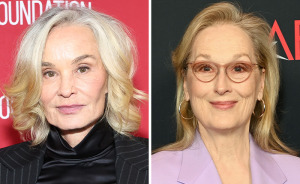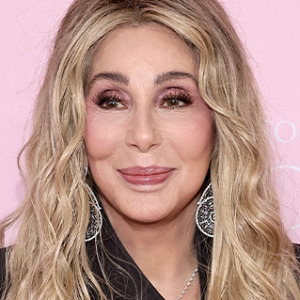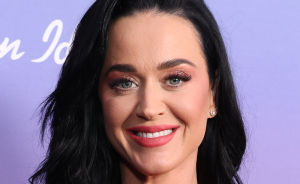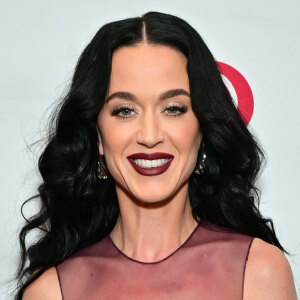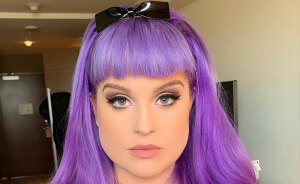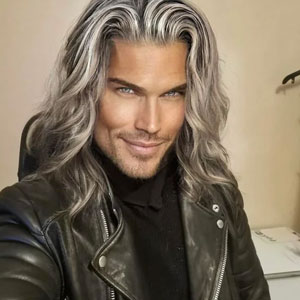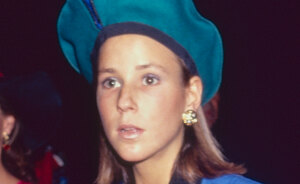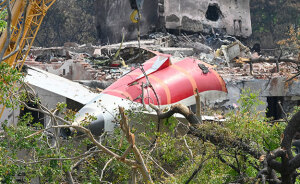
This Photographer Captured Wild Animals Strolling Through Residential Neighborhoods In The United States (27 Pics)
Interview With ArtistCorey Arnold is a photographer who resides in White Salmon, Washington, located in the picturesque Columbia River Gorge. He has made a name for himself as a commercial fisherman and wildlife photographer. His work explores the relationship between humans and the natural world, with a focus on the Alaskan wilderness. Arnold has spent years documenting the world's fisheries, but his latest project, “Cities Gone Wild”, takes a look at how wild animals adapt and thrive in urban environments. Arnold's photographs capture the surprising resilience of animals like coyotes, black bears, and raccoons as they navigate the concrete jungle and coexist with humans.
“Cities Gone Wild” offers a fresh perspective on the wildlife that inhabits our cities. Arnold's photographs reveal a world of coyotes darting past towering skyscrapers, raccoons snacking on scraps in back alleys, and bears casually strolling through residential neighborhoods. In addition to capturing the attention of art lovers and wildlife enthusiasts, the series has also garnered critical acclaim. In fact, the project recently earned Corey Arnold first place in the Wildlife & Nature category at the 2023 Sony World Photography Awards (if you would like to see all the awarded photographs, you can click here to see Bored Panda's post about it).
More info: Instagram | coreyfishes.com | Facebook | twitter.com
This post may include affiliate links.
Bored Panda reached out to Corey Arnold to find out more about the “Cities Gone Wild” series. First, we wanted to know how he first became interested in photography, and what drew him to wildlife photography specifically. The photographer said: “My father was a hardcore amateur photographer and bought me a 35mm Pentax K1000 camera when I was 12. I seemed to have a knack for it at an early age, and I was often praised for not cutting the heads off of my subjects in family photos. Growing up in Southern California, we had coyotes roaming in our backyard every night and lost many cats to them. Raccoons are also used to raid the dog food and leave the water bowl full of puffed-up dog food bits they left floating in the water. I've always been an animal lover, but what particularly interests me is how humans relate to the animal world and how animals are adapting to life in an altered landscape of our own creation. In Cities Gone Wild, I'm exploring the lives of urban coyotes, raccoons, and black bears, three animals that have cracked the code and are thriving in greater numbers living close to humans than in the wild.”
Knowing about his experience as a commercial fisherman, we asked Corey how it informed his work as a photographer, particularly in terms of his focus on man's relationship with the natural world. He told us: “I've been a seasonal commercial fisherman in Alaska since 1995 when I was 19 and I drove with a friend in search of adventure and a job. I now run a salmon set gillnet boat in Bristol Bay, Alaska but I got my first break as a photographer when I started documenting my life as a crab fisherman in the Bering Sea and shared my images online around 2003. I think I'm drawn to photographing stories that are hard to access, and perhaps mysterious and unfamiliar to the viewer. In a way, both my Fish-Work series and urban wildlife work are revealing complex hidden worlds where humans and nature collide. This is the most common theme in my work.”
Then, we wanted the photographer to describe his process for creating the “Cities Gone Wild” series, from conceptualization to execution. Corey said: “I was fortunate enough to receive a storytelling grant from the National Geographic Society to begin work photographing "raccoon intelligence, which led to a feature assignment for National Geographic. The goal was to capture the behind-the-scenes lives of three urban dwellers that are particularly savvy at surviving city life in a candid way but the task was not simple. Coyotes in Chicago are particularly good at urban survival due to their stealthy ability to move about the city virtually undetected. I teamed up with scientists, animal relocation experts, and local enthusiasts to learn how to track and identify locations where I'd have the best odds of an encounter. When I'd find a particularly interesting hotspot of activity, I'd set up camera traps with motion-sensing triggers and strobes. In some cases, I was stalking the animals in real time, such as the shot of a coyote running across a train bridge in Chicago where we successfully predicted the route of a radio-collared coyote.”
We were wondering what challenges Corey encountered while photographing wildlife in urban environments, and how he overcame them. The photographer said: “Miraculously, I only had one camera trap setup and one small trail cam stolen. It was extremely difficult to place a camera trap in the perfect location without it being exposed to theft, so I had to often compromise and find hidden spots or private property to shoot on. Also, as it turns out, coyotes hate strobes, and I'd often only have one shot before I'd scare off a coyote from a location forever.”
In New England, if you see coyotes, you won't see foxes, and vice versa. Same with squirrels and chipmunks. Their food sources are too similar for both populations to be supported in a limited area.
Asked about techniques he used to capture such intimate and candid moments with his animal subjects, Corey Arnold explained: “Every image had unique gear requirements and techniques to capture the action of the moment. Sometimes I'd set a camera on a tripod with a remote trigger and I'd hide far away and wait, other times I used motion-sensing camera traps that were left out for days and months to capture what I was after. Other times, I'd simply drive around and hope for a chance encounter at night.”
Lastly, we wanted to find out more about other projects the photographer is currently working on, and Corey told us: “My biggest project right now is raising my two toddlers with my wife that were born during the pandemic years, but I'm also I'm laying out a couple of different books of work from my life at sea, and developing a film about urban bears.”
Technically, we invade the space of these animals. I am sorry for this bear that feeds on human waste products.
All of these pictures make me sad. Capitalism can be 100% attributed to this if photos come from US. Where I live, even a 2x2 square of grass will be developed.
“Whoa. Where am I? You guys, did I black out again? That’s it. No more fermented berries for me.”
These people are just setting up the bears to be killed later due to becoming habituated to getting food from people.
My God what are these folks thinking? This wild animal can and just might kill you. Not worth the interaction
I couldn’t go through all of these. I got so very sad and angry. Adapt ? No. Cope if they can. We did this to them. We keep doing this to them. And we kill some of them for it. A new subdivision was built in a huge field near town. No backyard fences yet. A mom let her kids go out to play in the “backyard” and when she was looking out the window to check on them, she saw a cougar far off near the trees deciding on lunch. It was such big news, even here. News? Shouldn’t have been surprising at all. What do you expect? We have put the subdivision right in their hunting territory. He’s just doing what he’s always done there. Hunting. And considering the food source is gone, he’s rather hungry. Don’t blame the cougar, blame us. No, the kids were not lunch. And they just keep building here. Whenever I see it, I get so sad and angry. Our poor animals.
If it makes you feel any better the coyotes that moved back into San Francisco after being chased out 100 years ago are respected and almost everyone gives them their space. I personally appreciate their impact on the rat population. A few of these pictures are of them.
Load More Replies...All these pictures have me thinking about the interactions between animals and homeless humans. Also, so many of these animals looked starved or diseased. Made me wonder how many of them are being killed by animal control officials, etc.
I couldn’t go through all of these. I got so very sad and angry. Adapt ? No. Cope if they can. We did this to them. We keep doing this to them. And we kill some of them for it. A new subdivision was built in a huge field near town. No backyard fences yet. A mom let her kids go out to play in the “backyard” and when she was looking out the window to check on them, she saw a cougar far off near the trees deciding on lunch. It was such big news, even here. News? Shouldn’t have been surprising at all. What do you expect? We have put the subdivision right in their hunting territory. He’s just doing what he’s always done there. Hunting. And considering the food source is gone, he’s rather hungry. Don’t blame the cougar, blame us. No, the kids were not lunch. And they just keep building here. Whenever I see it, I get so sad and angry. Our poor animals.
If it makes you feel any better the coyotes that moved back into San Francisco after being chased out 100 years ago are respected and almost everyone gives them their space. I personally appreciate their impact on the rat population. A few of these pictures are of them.
Load More Replies...All these pictures have me thinking about the interactions between animals and homeless humans. Also, so many of these animals looked starved or diseased. Made me wonder how many of them are being killed by animal control officials, etc.

 Dark Mode
Dark Mode 

 No fees, cancel anytime
No fees, cancel anytime 
























